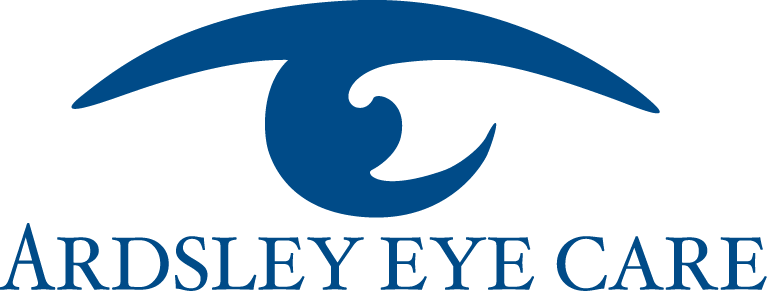Contact Lenses are not One-Size-Fits-All
If you ever find yourself in the contact lens room at Ardsley Eye Care, you'll see stacks and stacks of different types of lenses. Where to even begin? There are several things to consider when determining what sort of contact lens to fit for a particular patient.
Patient Lifestyle:
Will the patients just be wearing the lenses for special occasions, or every day? Do they tend to fall asleep in their contacts, or are they conscientious about removing them before going to bed? Are they wearing them only for outdoor sports? For going to the beach? For performing long procedures in the operating room? Starting with an idea of how the patient intends to use the lens can narrow the selection right from the start.
Patient Age:
Younger patients (particularly teenagers) aren't known for their contact lens hygiene, so these patients tend to be fit into daily lenses. Adults, especially those over 40, have some more options, especially pertaining to how they want to deal with up-close reading vision. Do we correct both eyes to see well far away, and then use reading glasses over top of the contacts for up close work? Should we correct one eye to see better in the distance, while the other takes over for reading? Or what about multifocal contacts, which use a special design to focus images both up close and far away?
Myopia Control:
For younger patients whose prescriptions are increasing at an above-average rate, we always consider certain contact lenses that can help slow down the progression of their near-sightedness.
Base Curve and Lens Diameter:
These numbers affect how the shape of the lens interacts with the shape of the patient's eye. With any contact lens, it's good to have a small amount of movement so as the lens is not suctioned onto the front of the eye. But too much movement can lead to unstable vision and lost lenses. Finding the proper base curve allows for us to strike a balance between the two extremes, while keeping the patient comfortable and with clear vision.
Astigmatism:
Just because the axis of a patient's astigmatism is a certain degree in their glasses prescription doesn't mean it will be the same for their contacts. It's important that the astigmatism correction in the contact lens matches up with the layout of the astigmatism in the patient's eye.
Lens material:
The cornea gets all of its oxygen from the air, and from the tear film. Every contact lens has a Dk value associated with it that tells us how “breathable” the lens is, and how well it lets oxygen through. The higher the Dk value, the more oxygen gets through. So for patients with a high prescription who will have thicker contacts, and wear them more often, this Dk value is of particular importance.
Cost:
At the end of the day, we have to consider what's practical. Finding the best possible lens for a patient at a price that the patient finds reasonable is something we have to consider for every contact lens evaluation we do.
Once we've found the contact lens that's best for you, it's still important to evaluate the fit every year. Eyes change, new lens materials become available, and people's visual needs evolve with age!
